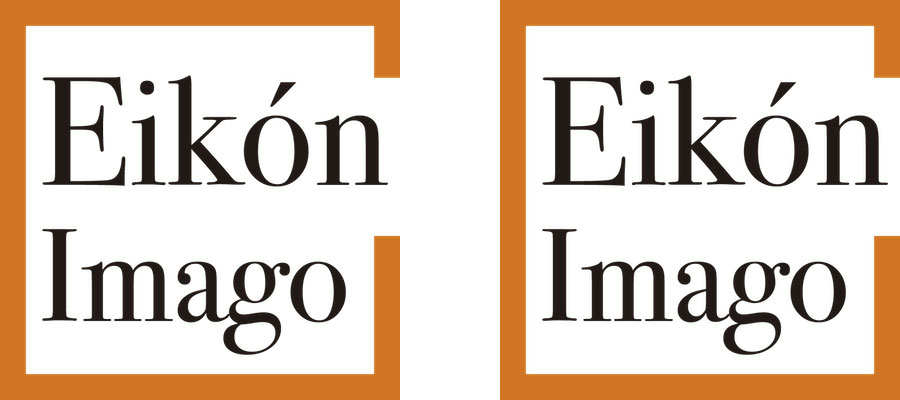Contributions are sought for Eikón/Imago, volume 11 (2022) on the topic of Pre-Modern “Pop Cultures”?: Images and Objects Around the Mediterranean (c. 350–1918). The guest editors for the volume are Ivan Foletti, Zuzana Frantová, and Adrien Palladino.
“We may not be able to define it, but we know it when we see it”: this is the slightly ironic definition Holt Parker gives us for “popular culture” (Parker 2011: 147). But who is able to define it, and can we really assess this notion for pre-modern cultures, so temporally distant? For centuries, “popular culture” was simply not an object of study for art historians, classicists, archaeologists and others. Following the prejudices of their fields, scholars were predominantly concerned with the “elites” and their cultures. According to Parker, products of “popular culture”, while “quantitatively superior”, are seen as “qualitatively inferior”, since they are products of “mass culture” conceived by “the people” and thus of little scholarly interest (Parker 2011: 169).
Starting in the 1960s and continuing in the 70s–80s, with the shifting paradigms of cultural history – increasingly incorporating social studies and anthropology – the notion of “popular culture” has received greater attention. We might mention, among others, the fundamental contributions of Mikhail Bakhtin on medieval “folk cultures” (1968), Santo Mazzarino’s work on the “democratization of culture” during the Late Empire (1974), as well as Aaron Gurevich’s Medieval Popular Culture (1988). In recent years, Jerry Toner’s Popular Culture in Ancient Rome (2009), and the volume Popular Culture in the Ancient World, edited by Lucy Grig (2017) have shed new light on the issue. These are but a few examples of the variety of questions that the notion of “popular culture” can evoke.
We should add to this general question the decision to follow an extremely longue durée. This can be justified by Jacques Le Goff’s conception of a “very long Middle Ages”. From an art historical perspective, such a perception is even more pertinent if we take into consideration selected expressions of popular culture, which, by all evidence, maintain premodern patterns throughout modernity and up to the beginning of the 20th century. Russian panel paintings – so-called “icons” –, the most popular and thus reproduced devotional images in the Latin West, can be evocative in this regard, such as the Roman Salus Populi Romani. Lastly, we can mention the culture of printed fragments of sanctity, from the footsteps of the Prophet Muhammad to images of the Virgin printed on “Schluckbildchen”.
In endeavors meant to question “popular culture”, the place of art history – immersed in the Vasarian tradition – and visual studies remained generally marginal, with increasing attention to objects traditionally considered “minor”. Even in this framework, however, mainly objects belonging to the elites were investigated. This issue of Eikón / Imago would thus like to investigate and reconsider the notion of “popular cultures” through images and objects. From pilgrim souvenirs in lead, terracotta images, objects of popular devotion, apotropaic amulets, printed imagery, metallic devotional panels, erotic or caricatural images to games, we wish to embrace a wide spectrum of images and objects conceived by/for “low”, “unofficial”, or “non-elite” individuals and groups.
We are especially interested in questions such as (but not limited to) the following:
- How did images deal with established “popular culture” of shared myths and images that were not always compatible with official beliefs – Christianity, Islam, Judaism – in the Mediterranean space and beyond?
- How did these “popular” images/objects survive and transform after important moments of mass conversion and reconversion (including the conversion to socialism and communism) in the Mediterranean space?
- What was the attitude of authorities towards “popular cultures”? Do these attitudes differ in time and space?
- How did elite image-conceivers and makers adapt their language in order to create efficient “popular images” to convey social, political, or religious messages?
- What contacts could exist between “low” and “high” cultures, between “elite” and “non-elite” images and objects?
- Can material culture help us to refine the notion of “popular” or “mass culture”?
